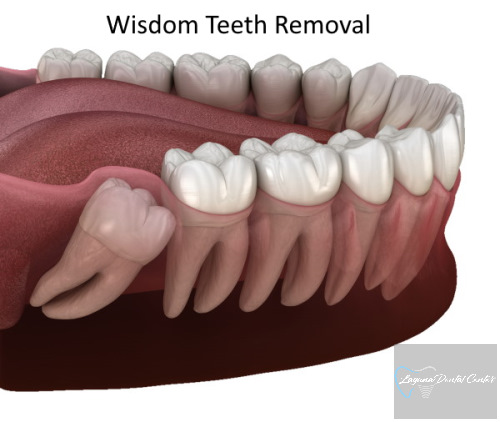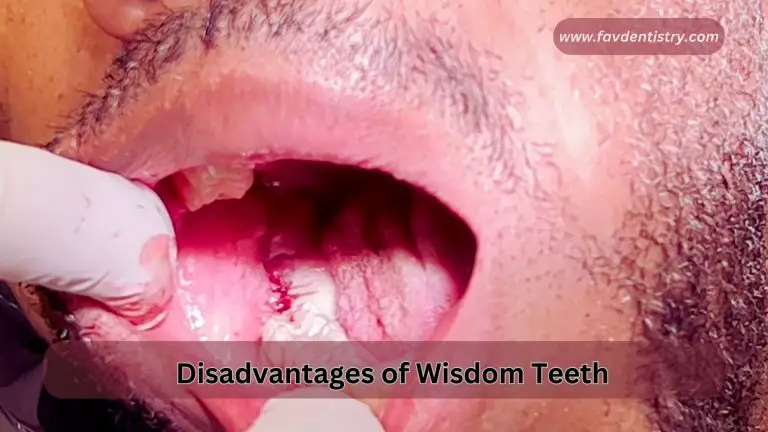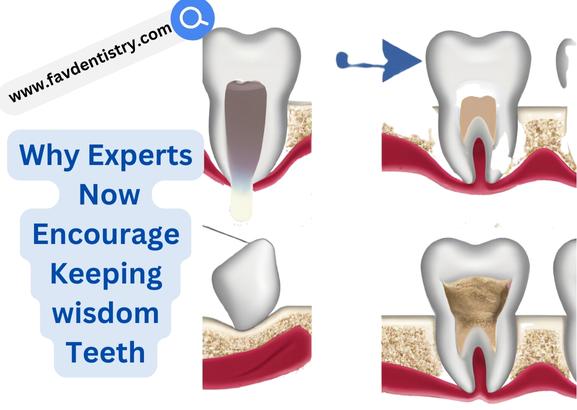Last Updated on 3 weeks by DR. ALBIN SIPES
Wisdom tooth removal is a step-by-step process for extracting impacted or problematic wisdom teeth, involving anesthesia, incisions, tooth sectioning, removal, and sutures for wound closure. The procedure is performed by an oral surgeon to alleviate pain, prevent infection, and maintain oral health.
Wisdom teeth, also known as third molars, are the last set of teeth to emerge at the back of the mouth. However, due to lack of space or improper alignment, they often become impacted, causing pain, infection, and dental issues.
In such cases, wisdom tooth removal becomes necessary to alleviate discomfort and prevent further complications. This article will guide you through the step-by-step process of wisdom tooth removal, explaining each stage of the procedure to help you understand what to expect and how to prepare for a successful surgery. Remember to consult with a dental professional for personalized advice and recommendations.

Credit: lagunadentalcenter.com
Step 1: Understanding Wisdom Teeth
Wisdom teeth, commonly known as third molars, are the last set of teeth to develop in the mouth. These teeth usually appear between the ages of 17 and 25. While some people have no issues with their wisdom teeth, others may experience problems that necessitate their removal.
The most common reasons for wisdom tooth removal include impaction, overcrowding, infection, and the risk of damage to nearby teeth. Impacted wisdom teeth often result in pain, swelling, and difficulty in opening the mouth. Additionally, they can cause tooth decay, gum disease, cysts, and tumors.
Therefore, it is essential to have wisdom teeth assessed by a dental professional to determine if extraction is necessary for optimal oral health. Remember, regular dental check-ups are crucial in preventing and addressing any potential issues with wisdom teeth.
Step 2: Preparing For Wisdom Tooth Removal
Preparing for wisdom tooth removal involves several important steps. First, it is crucial to schedule a consultation with your dentist or oral surgeon. During this consultation, they will examine your mouth and take x-rays to determine the position and condition of your wisdom teeth.
Based on the x-ray results and examination, your dentist or oral surgeon will provide you with pre-operative instructions and considerations. These instructions may include dietary restrictions, medication guidelines, and preparations for your recovery period. It is important to carefully follow these instructions to ensure a smooth and successful wisdom tooth removal procedure.
By consulting with your dentist or oral surgeon, getting x-rays and an examination, and following pre-operative instructions, you will be well-prepared for your wisdom tooth removal surgery.
Step 3: The Wisdom Tooth Removal Procedure
The wisdom tooth removal procedure involves several important steps. One crucial aspect is the choice of anesthesia for pain management. There are various options available to ensure a comfortable experience during the surgery. The surgical technique used for removal will depend on the tooth’s position, size, and complexity.
It is vital for the dentist or oral surgeon to carefully assess and plan the procedure accordingly. While the majority of wisdom tooth extractions are routine, there can be potential complications such as infection, bleeding, or nerve damage. However, with proper monitoring and management, these complications can be minimized or eliminated.
It is essential to follow post-operative instructions and attend follow-up appointments for a smooth and successful recovery. Wisdom tooth removal is a common dental procedure with predictable outcomes when performed by an experienced professional.
Step 4: Recovering After Wisdom Tooth Removal
Recovering after wisdom tooth removal is an important part of the process. To ensure a smooth recovery, it is crucial to follow post-operative care instructions. Managing pain and swelling is a common concern after the surgery. It is recommended to take prescribed pain medications and apply cold compresses to reduce swelling.
Additionally, it is important to eat soft foods during the recovery period to avoid any damage to the surgical site. Foods like mashed potatoes, soups, and smoothies are ideal options. On the other hand, it is best to avoid hard and crunchy foods that can irritate the operative area.
Taking these necessary precautions will aid in a faster and smoother recovery process.
Step 5: Potential Risks And Complications
Potential risks and complications are a crucial aspect to consider in wisdom tooth removal. One possible complication is dry socket, which occurs when the blood clot that forms after extraction is dislodged or dissolves too soon. Prevent dry socket by avoiding smoking, using a straw, or vigorous rinsing.
Infection is another risk, with signs like fever, increased pain and swelling, and pus discharge. To prevent infection, follow your dentist’s instructions for oral hygiene and take prescribed antibiotics. Nerve damage is also a concern, leading to numbness, tingling, or loss of sensation in the lower lip, tongue, or chin.
Although rare, it can occur during wisdom tooth removal. Ensure you choose an experienced and skilled oral surgeon to minimize this risk. Understanding the potential risks and complications involved in wisdom tooth removal is essential for a smooth recovery process.
Step 6: Frequently Asked Questions About Wisdom Tooth Removal
Wisdom tooth removal typically takes about 45 minutes to an hour, depending on the complexity of the case. It is common to experience some pain and discomfort after the procedure, which can be managed with pain medications prescribed by your dentist.
However, if the pain becomes severe or persists for more than a few days, it is recommended to contact your dentist for further evaluation. In some cases, there are alternatives to surgery, such as monitoring the wisdom teeth if they are not causing any problems or opting for orthodontic treatment to create space for the teeth to erupt properly.
It’s important to consult with your dentist to determine the best course of action for your specific situation.
Frequently Asked Questions Of Step By Step Wisdom Tooth Removal
How Long Does It Take To Recover From Wisdom Tooth Removal Surgery?
The recovery period after wisdom tooth removal surgery typically takes about 7 to 10 days. However, it can vary depending on individual factors like age, overall health, and the complexity of the extraction. Proper care, including following post-operative instructions, will help expedite the healing process.
Is Wisdom Tooth Removal Painful?
The procedure itself is usually painless due to the administration of local anesthesia or sedation. However, some discomfort, swelling, and mild pain are expected after the surgery. Prescribed pain medications and following post-operative care instructions will help manage any discomfort effectively.
What Complications Can Arise From Wisdom Tooth Removal?
Complications from wisdom tooth removal are rare, but possible. These can include dry socket (a painful condition where the blood clot dislodges), infection, nerve injury, or sinus issues. By choosing an experienced oral surgeon and closely following post-operative care guidelines, the risk of complications can be minimized.
Conclusion
To wrap up, undergoing wisdom tooth removal can be an anxiety-inducing experience, but with the right knowledge and preparation, it doesn’t have to be a daunting one. By following these step-by-step guidelines, you can ensure a smoother and more comfortable process.
Remember to consult with your dentist or oral surgeon to evaluate your specific situation and develop a personalized treatment plan. Prioritize your oral hygiene and maintain regular dental check-ups to prevent any future complications. Take care of your well-being during the recovery period by following the post-operative instructions diligently.
Most importantly, stay informed and proactive throughout the entire process. Remember, knowledge is power when it comes to your oral health.





